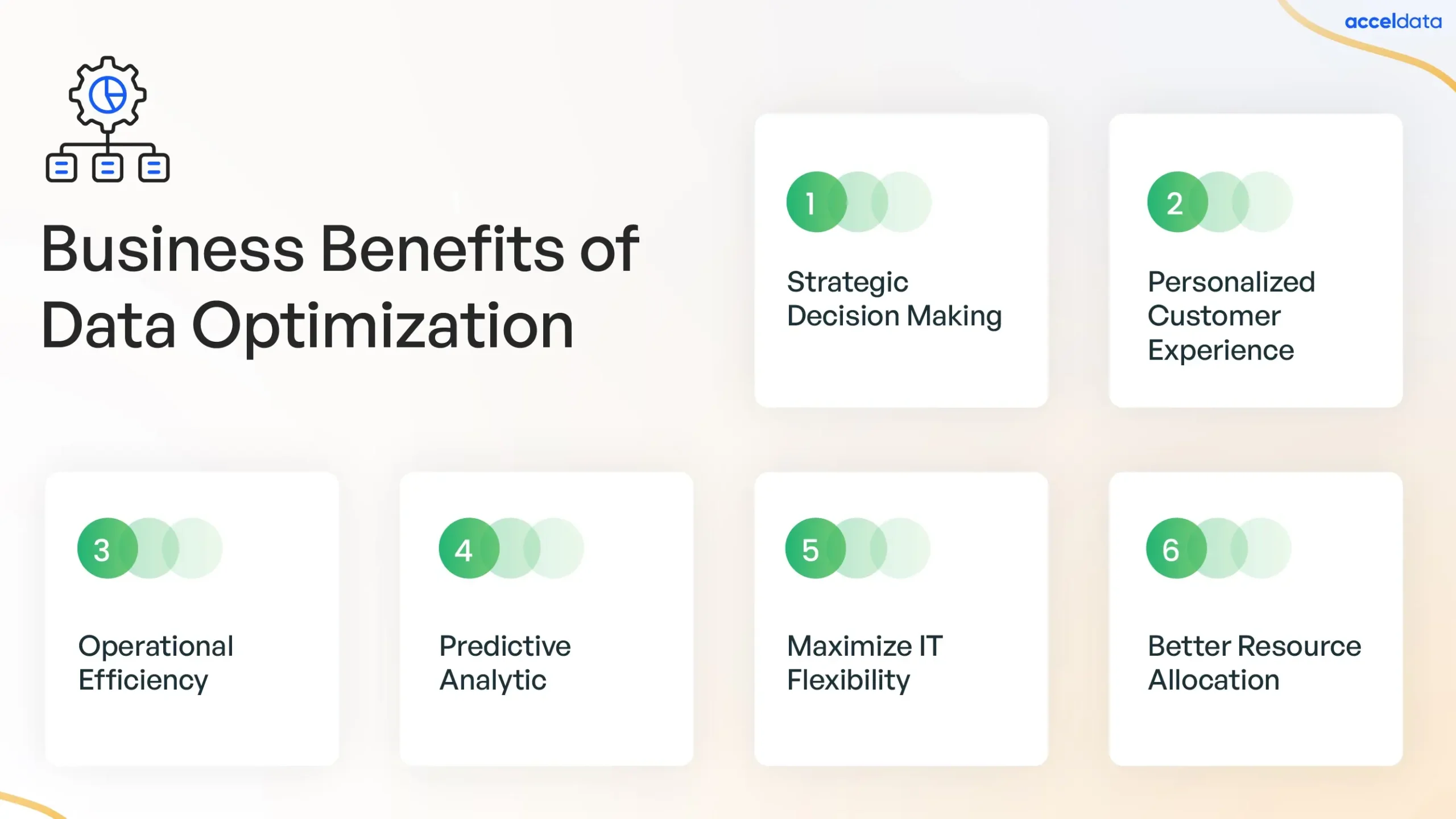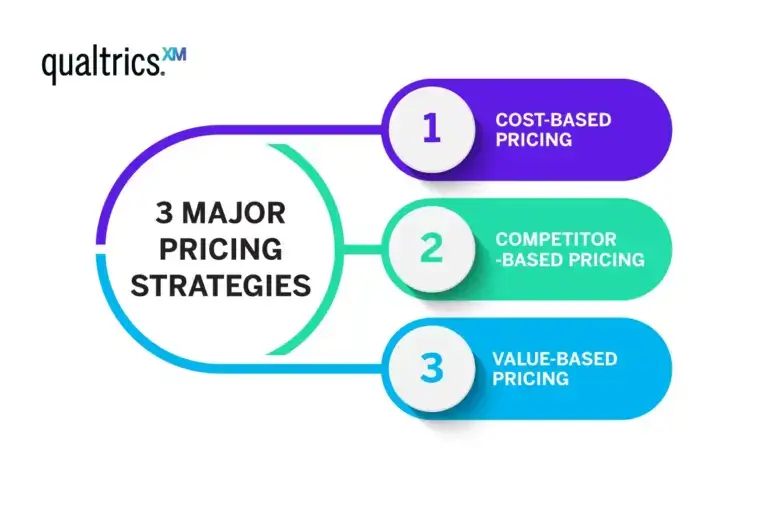Sure, here is a sample article based on the given briefing:
—
In the digital age, data analysis is an invaluable asset to comprehensively understand your audience and refine your blog’s content strategy. By harnessing the power of data, bloggers can identify trends, tailor content to their readers, and achieve remarkable growth in engagement and traffic.
For bloggers seeking to elevate their platform, it is crucial to recognize how data analysis can transform a standard blog into a dynamic tool for user engagement. Let’s delve into the strategies and tools you can use to optimize your blogging pursuits through data analysis.
How does data analysis enhance your blogging strategy?
Data analysis serves as the compass for navigating the vast sea of content creation. By reviewing metrics such as page views, bounce rates, and user demographics, bloggers can develop a robust understanding of what resonates with their audience. This knowledge enables the creation of more targeted and relevant content.
Moreover, data analysis helps in tracking the efficacy of marketing campaigns, allowing bloggers to adjust their strategies in real-time for maximum impact. It’s not just about creating content but also ensuring it reaches the right eyes at the right time.
Implementing A/B testing for different post formats or headlines can also significantly improve user experience and increase conversion rates, as data provides evidence-based insights for these critical decisions.
What are the key benefits of data analysis for blogs?
The benefits of data analysis for blogs are multifaceted. Firstly, it enhances SEO performance by identifying keywords that attract organic traffic. Secondly, it improves user engagement by revealing content that keeps readers returning. Finally, it increases conversion rates by pinpointing the most effective calls to action.
Data analysis also aids in optimizing publishing schedules, ensuring that posts go live when readers are most active. This strategic timing can lead to higher readership and more robust interactions in the comments section.

Additionally, a well-analyzed blog can foster a stronger community around your content, encouraging shares and discussions, which further propagate the blog’s reach.
How to implement data analysis for content optimization?
- Start with a clear goal: Define what success looks like for your blog, whether it’s increased traffic, higher engagement, or better conversion rates.
- Gather your data: Use tools like Google Analytics to collect data on user behavior and site performance.
- Analyze your findings: Look for patterns in the data that can inform your content strategy, such as popular topics or effective headlines.
- Test and refine: Continuously test different aspects of your content, from images to post length, and use the data to refine your approach.
Which tools are best for data analysis in blogging?
Several tools stand out for data analysis in blogging. Google Analytics offers comprehensive insights into user behavior, while Search Console provides valuable SEO metrics. For visual feedback on user interaction, tools like Hotjar offer heatmaps and user recordings.
It’s important to choose tools that align with your specific needs, whether you’re focusing on traffic growth, user experience, or content engagement.
For those looking to delve deeper, content management systems often come with built-in analytics. Additionally, social media platforms provide detailed data on content performance, enabling cross-platform analysis.
Here’s a video that further illustrates how to utilize Google Analytics for your blog:
How to create an effective content strategy using data analysis?
A data-driven content strategy begins with understanding what your audience wants and how they interact with your blog. Start by analyzing the most read and shared content. Then, use this data to plan future posts that align with these preferences.

Identify gaps in your content offerings by looking at search terms that bring users to your site but don’t have corresponding content. This can help in creating targeted content that fills those gaps and drives organic search traffic.
 The job offer was not found – My Future Job
The job offer was not found – My Future JobRemember to analyze the performance of different content formats as well. Videos, infographics, and podcasts may engage your audience in different ways, and data will help determine the most effective format for your blog.
What metrics should you track for optimizing your blog?
Tracking the right metrics can provide a clear picture of your blog’s performance. These metrics include organic search traffic, bounce rate, average session duration, and conversion rate. Together, they offer insights into how users find your blog, interact with your content, and take desired actions.
Engagement metrics like comments, shares, and time spent on page are also crucial in evaluating content resonance. High engagement often correlates with high-quality, impactful content that meets user needs.
Lastly, pay attention to the growth of your subscriber base and social media following, which can be strong indicators of your blog’s community-building effectiveness.
How can data-driven decisions improve user engagement?
By making decisions based on data, you can tailor your content to match your readers’ interests, leading to increased engagement and loyalty. Understanding which topics spark the most conversation or sharing can guide you in creating more of that content.
Data can also reveal the ideal content length and format, influencing how users interact with your posts. This tailored approach ensures that readers find value in your content, fostering a dedicated and active audience.

Moreover, analyzing user feedback through comments and social media can provide direct insights into readers’ thoughts and preferences, which can be used to refine your content strategy further.
Related questions on optimizing blog strategies through data analysis
How can you analyze the performance of a blog on Blogger?
To analyze a blog’s performance on Blogger, integrate Google Analytics for a detailed view of traffic sources, user behavior, and content engagement. This platform provides the necessary tools to track and understand the blog’s audience.
Additionally, Blogger’s built-in stats give a quick snapshot of page views and traffic sources, which is useful for bloggers who prefer a more straightforward analytics approach.
What are data analysis strategies?
Data analysis strategies involve systematically examining data to extract meaningful insights. This includes descriptive analysis to understand past performance and predictive analysis to anticipate future trends.
Effective strategies also encompass regular monitoring of key performance indicators (KPIs) to measure progress towards blogging goals, allowing for agile adjustments to content and marketing tactics.
How to analyze a blog?
Analyzing a blog entails using analytics tools to track traffic, user behavior, and engagement metrics. It’s important to regularly review these metrics and perform content audits to ensure your blog remains relevant and engaging.
Another aspect of analysis is competitor benchmarking; understanding the performance of similar blogs can offer insights into industry standards and opportunities for differentiation.

How can data analysis help optimize processes and resources?
Data analysis optimizes processes by identifying inefficiencies and highlighting areas for improvement. In blogging, this could mean automating social media postings or refining content production workflows for better resource allocation.
It also aids in making informed decisions about where to invest time and money, ensuring that resources are focused on strategies that yield the best returns.
—
Remember, the key is to integrate the provided keywords and information naturally, avoiding repetition and maintaining an engaging, informative style throughout the article.
 Find the best job opportunities in Latin America
Find the best job opportunities in Latin America








